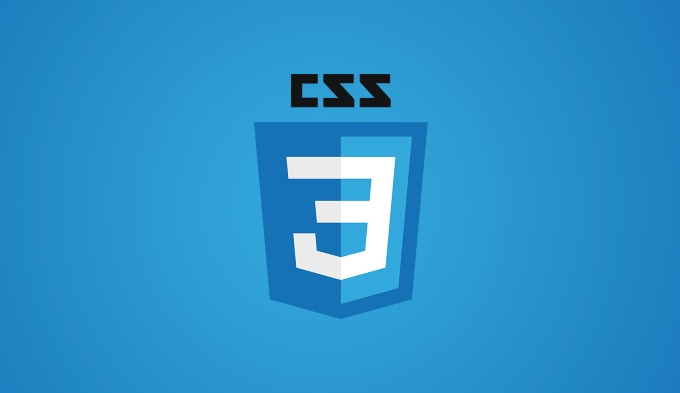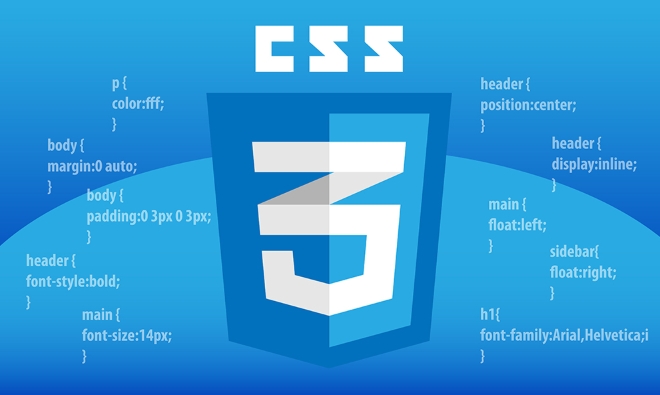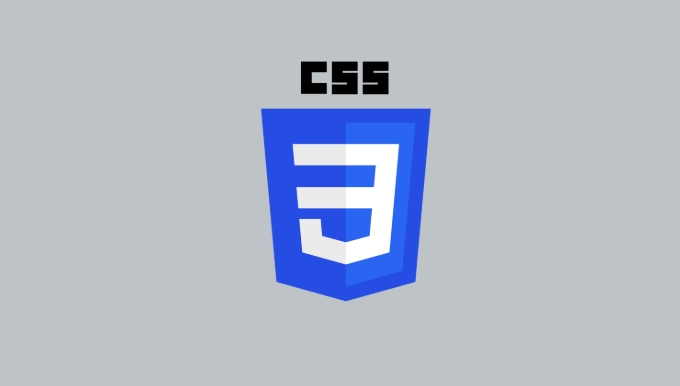To beautify web tables, first use borders and spacing to improve clarity, merge borders through border-collapse, set unified padding and light gray borders; secondly add hover effect to enhance interactive experience, use tr:hover to change background color; then distinguish the table header and content, set background color and left alignment for th; finally let the table be displayed on a small screen friendly, and add horizontal scroll bars to achieve responsive layout through the div container.

Tables are common in web design, but the default table styles tend to appear monotonous or even ugly. Simply beautify it with CSS, which will make the table look clearer and more professional, and enhance the visual experience of the overall page.

Use borders and spacing to make the table clearer
The default border of the table may not be obvious, or simply not. It is recommended to add a thin border to the table and set the spacing between cells.

table {
border-collapse: collapse;
width: 100%;
}
th, td {
border: 1px solid #ddd;
padding: 12px;
}-
border-collapse: collapse;Can merge cell borders to avoid double-line borders. - Setting a unified
paddingvalue can make the content and the border feel breathing. - The border color should not be too dark, and light gray (such as
#ddd) is gentle, so it will not make the table look too depressing.
Add hover effect to improve interactive experience
When users browse tables, if there are too many rows, it is easy to read the wrong rows. Adding a simple hover effect can improve readability.
tr:hover {
background-color: #f5f5f5;
}- This effect is suitable for tables with a lot of data and can make the currently viewed rows more prominent.
- Do not choose the background color that is too bright or too dark, light gray or light blue gray.
- No complex animation is needed, simple color change is enough.
Differentiate between the header and the content to enhance the sense of hierarchy
Table headers are usually the key to understanding the table structure. Appropriate emphasis on table headers can help users find information faster.

th {
background-color: #f0f0f0;
text-align: left;
}- The alignment of the background color and text of the table header should be different from that of ordinary cells.
- If the table has more horizontal content, left alignment is easier to read than centered.
- You can consider bold fonts, but be careful not to conflict with the text.
Make the form friendly on the small screen
If the web page is responsive, don't forget to consider the display of the form on your phone. Long tables are easily compressed on small screens, affecting reading.
A simple way is:
- Add a horizontal scroll bar to the table container:
<div style="overflow-x:auto;"> <table>...</table> </div>
- This way, even if the table width is too long, it can be viewed by sliding left and right.
- Avoid forced scaling to cause too small text and maintain reading comfort.
Basically that's it. The style optimization of tables does not need to be too complicated. The key is to make adjustments to the details to make the content easier to read and the interface more beautiful.
The above is the detailed content of Styling tables using css for better presentation. For more information, please follow other related articles on the PHP Chinese website!

Hot AI Tools

Undress AI Tool
Undress images for free

Undresser.AI Undress
AI-powered app for creating realistic nude photos

AI Clothes Remover
Online AI tool for removing clothes from photos.

Clothoff.io
AI clothes remover

Video Face Swap
Swap faces in any video effortlessly with our completely free AI face swap tool!

Hot Article

Hot Tools

Notepad++7.3.1
Easy-to-use and free code editor

SublimeText3 Chinese version
Chinese version, very easy to use

Zend Studio 13.0.1
Powerful PHP integrated development environment

Dreamweaver CS6
Visual web development tools

SublimeText3 Mac version
God-level code editing software (SublimeText3)

Hot Topics
 What is 'render-blocking CSS'?
Jun 24, 2025 am 12:42 AM
What is 'render-blocking CSS'?
Jun 24, 2025 am 12:42 AM
CSS blocks page rendering because browsers view inline and external CSS as key resources by default, especially with imported stylesheets, header large amounts of inline CSS, and unoptimized media query styles. 1. Extract critical CSS and embed it into HTML; 2. Delay loading non-critical CSS through JavaScript; 3. Use media attributes to optimize loading such as print styles; 4. Compress and merge CSS to reduce requests. It is recommended to use tools to extract key CSS, combine rel="preload" asynchronous loading, and use media delayed loading reasonably to avoid excessive splitting and complex script control.
 External vs. Internal CSS: What's the Best Approach?
Jun 20, 2025 am 12:45 AM
External vs. Internal CSS: What's the Best Approach?
Jun 20, 2025 am 12:45 AM
ThebestapproachforCSSdependsontheproject'sspecificneeds.Forlargerprojects,externalCSSisbetterduetomaintainabilityandreusability;forsmallerprojectsorsingle-pageapplications,internalCSSmightbemoresuitable.It'scrucialtobalanceprojectsize,performanceneed
 Does my CSS must be on lower case?
Jun 19, 2025 am 12:29 AM
Does my CSS must be on lower case?
Jun 19, 2025 am 12:29 AM
No,CSSdoesnothavetobeinlowercase.However,usinglowercaseisrecommendedfor:1)Consistencyandreadability,2)Avoidingerrorsinrelatedtechnologies,3)Potentialperformancebenefits,and4)Improvedcollaborationwithinteams.
 CSS Case Sensitivity: Understanding What Matters
Jun 20, 2025 am 12:09 AM
CSS Case Sensitivity: Understanding What Matters
Jun 20, 2025 am 12:09 AM
CSSismostlycase-insensitive,butURLsandfontfamilynamesarecase-sensitive.1)Propertiesandvalueslikecolor:red;arenotcase-sensitive.2)URLsmustmatchtheserver'scase,e.g.,/images/Logo.png.3)Fontfamilynameslike'OpenSans'mustbeexact.
 What is Autoprefixer and how does it work?
Jul 02, 2025 am 01:15 AM
What is Autoprefixer and how does it work?
Jul 02, 2025 am 01:15 AM
Autoprefixer is a tool that automatically adds vendor prefixes to CSS attributes based on the target browser scope. 1. It solves the problem of manually maintaining prefixes with errors; 2. Work through the PostCSS plug-in form, parse CSS, analyze attributes that need to be prefixed, and generate code according to configuration; 3. The usage steps include installing plug-ins, setting browserslist, and enabling them in the build process; 4. Notes include not manually adding prefixes, keeping configuration updates, prefixes not all attributes, and it is recommended to use them with the preprocessor.
 What are CSS counters?
Jun 19, 2025 am 12:34 AM
What are CSS counters?
Jun 19, 2025 am 12:34 AM
CSScounterscanautomaticallynumbersectionsandlists.1)Usecounter-resettoinitialize,counter-incrementtoincrease,andcounter()orcounters()todisplayvalues.2)CombinewithJavaScriptfordynamiccontenttoensureaccurateupdates.
 CSS: When Does Case Matter (and When Doesn't)?
Jun 19, 2025 am 12:27 AM
CSS: When Does Case Matter (and When Doesn't)?
Jun 19, 2025 am 12:27 AM
In CSS, selector and attribute names are case-sensitive, while values, named colors, URLs, and custom attributes are case-sensitive. 1. The selector and attribute names are case-insensitive, such as background-color and background-Color are the same. 2. The hexadecimal color in the value is case-sensitive, but the named color is case-sensitive, such as red and Red is invalid. 3. URLs are case sensitive and may cause file loading problems. 4. Custom properties (variables) are case sensitive, and you need to pay attention to the consistency of case when using them.
 What is the conic-gradient() function?
Jul 01, 2025 am 01:16 AM
What is the conic-gradient() function?
Jul 01, 2025 am 01:16 AM
Theconic-gradient()functioninCSScreatescirculargradientsthatrotatecolorstopsaroundacentralpoint.1.Itisidealforpiecharts,progressindicators,colorwheels,anddecorativebackgrounds.2.Itworksbydefiningcolorstopsatspecificangles,optionallystartingfromadefin






